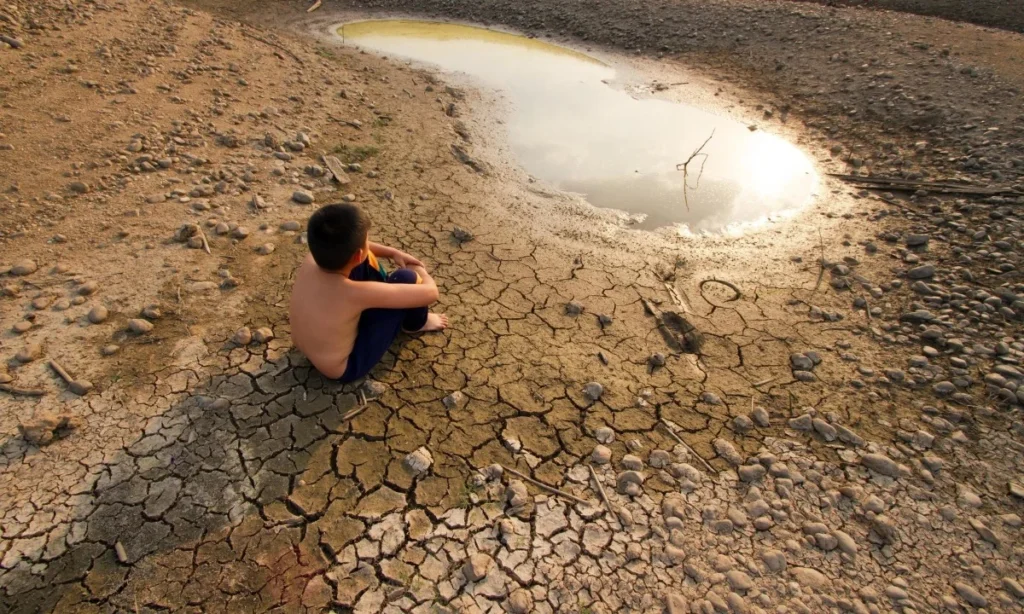The World Bank’s recent Global Water Monitoring Report issues a stark warning, identifying Pakistan as one of six countries globally with the most inefficient agricultural water usage, contributing to the accelerating loss of global freshwater reserves. This classification underscores the severity of a domestic challenge defined by extreme resource mismanagement. Alarmingly, the agricultural sector consumes approximately 90% of the nation’s total water, yet an estimated 60% of this vast allocation is wasted through systemic failure and inefficient practices. The resulting crisis is not merely an environmental concern but a massive fiscal liability. The severity of Pakistan’s Water Crisis demands immediate and politically ambitious policy intervention.
Deconstructing the Core of Pakistan’s Water Crisis: The 90-60-50 Failure
The 90-60-50 paradigm encapsulates the structural flaw in Pakistan’s water economy. First, the 90% allocation to agriculture places an unsustainable burden on national resources, constraining water availability for higher-value industrial and urban sectors. Second, the 60% wastage figure is a cumulative failure driven by infrastructure decay and inefficient on-farm application.
Pakistan’s century-old Indus Basin Irrigation System (IBIS), one of the world’s largest canal networks, is characterized by widespread decay. Systemic analysis indicates that between 30% and 40% of the country’s total water resources are lost directly through these outdated canal systems. Regional engineering studies confirm high seepage rates in unlined earthen channels, with measured losses typically around 19% and rising as high as 38.7% in critical sections. This failure point, often cited as the 50% loss component when accounting for seepage and over-irrigation, is correctly classified as self-sabotage for a water-stressed nation. The consequences are dire, resulting in diminished crop yields and an increased national reliance on costly food imports.
The High Cost of Inefficiency and the Groundwater Nexus
The continuous mismanagement of water imposes a crippling economic burden on Pakistan, conservatively estimated at 4% of the Gross Domestic Product (GDP) annually, or approximately $12 billion. This drag on the national exchequer is compounded by the low returns generated by the sector; the four major crops, which consume 80% of irrigation water, contribute a disproportionately small 5% to the total GDP. This profound inefficiency confirms that Pakistan’s Water Crisis is a fundamental economic problem.
The failure of the surface delivery system directly forces farmers to seek alternative supplies, turning Pakistan into the world’s third-largest user of groundwater for irrigation. This massive, unchecked reliance on millions of tube wells, particularly in the agricultural heartland of Punjab, has created a disastrous resource collapse: groundwater levels have fallen below six meters in over 50% of irrigated areas.
Moreover, the shift from gravity-fed canal water to mechanical pumping has fused the water crisis with national energy security. Ten specific districts account for 42% of the total energy consumed for irrigating four major crops. Studies have quantified that reforming surface water conveyance, shifting dependence away from pumps, could decrease irrigation energy use and corresponding carbon dioxide emissions by a significant margin of 31% to 82%. This illustrates that fixing the canal system is not just a water conservation measure, but a critical energy and climate policy as well.
A Roadmap for Resilience: Technology and Accountability
Addressing Pakistan’s Water Crisis requires a dual focus on technical modernization and institutional accountability. Localized successes prove that change is possible: community-driven On-Farm Water Management programs have lined over 51,000 watercourses, resulting in estimated cumulative savings of more than 6 BCM of irrigation water. Similarly, the adoption of Laser-controlled Land Levelling (LLL) is being subsidized to ensure uniform water application and reduce field losses.
However, the transition to advanced micro-irrigation systems, such as drip technology, remains slow, hampered by high initial capital costs, maintenance complexity, and a persistent lack of awareness and training among farmers.
To overcome institutional inertia, the government must utilize political will as a form of critical infrastructure. Policy proposals suggesting the farms of elected officials (MNAs and MPAs) be converted into mandatory model conservation sites are designed to force high-level compliance and establish a visible, non-negotiable standard for water-efficient practices. Simultaneously, the government must reform existing agricultural subsidies and pricing policies to accurately reflect the true economic and environmental cost of water, thereby disincentivizing wastage and incentivizing efficiency.
Ultimately, Pakistan’s Water Crisis is an existential threat to its economic stability and food sovereignty. The solution is not to find more water, but to maximize the productivity and value derived from every single drop. Only a comprehensive, integrated strategy, strengthening governance, reforming pricing, and scaling up technical solutions, can secure the nation’s future.



